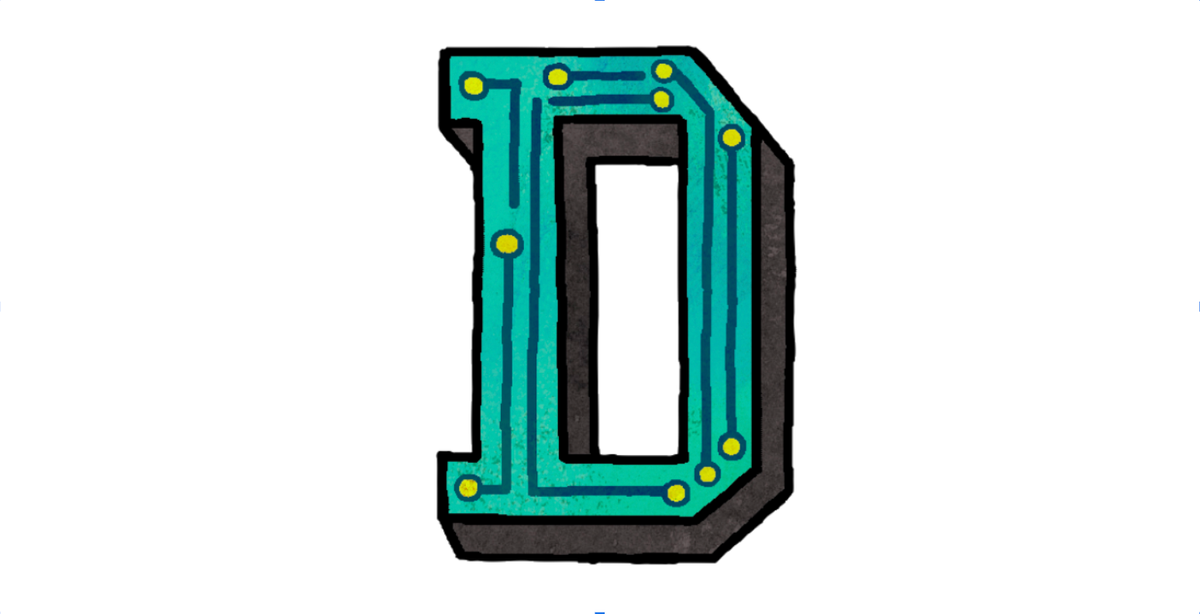Five OD Things Nº 11
Krugman on enshittification; a mission-driven reset at Microsoft; how Y2K wasn't a thing because of massive multiplayer cooperation; Medium's reboot story; Figma's S-1
Krugman on Platform Enshittification.

Paul Krugman puts formal economics around Cory Doctorow’s now‑famous neologism: every two‑sided platform starts out user‑loving, shifts to seller‑loving, then bleeds both to feed shareholders. The upshot for org designers is clear. Left unchecked, the desire to optimize rots user experience and trust. Instead, we need some universal principles that apply as much to the product as to the way of working inside the firm: interoperability, low exit costs, and incentives that reward long‑term surplus even over quarterly rent‑seeking.
Microsoft’s Reset
In a recent public memo, Satya Nadella tells the company: “progress isn’t linear, success has no franchise value.” Translation: even a $3t juggernaut must unlearn and relearn, doubling down on security, quality, and AI while pruning head‑count. The vibe here is context even over hierarchy, and it reminds me of Mary Parker Follett's "Law of the Situation" (reminder, the below was written in 1925):
This is what does take place, what has to take place, when there is a question between two men in positions of equal authority. The head of the sales departments does not give orders to the head of the production department, or vice versa. Each studies the market and the final decision is made as the market demands. This is, ideally, what should take place between foremen and rank and file, between any head and his subordinates. One person should not give orders to another person, but both should agree to take their orders from the situation. If orders are simply part of the situation, the question of someone giving and someone receiving does not come up.
Remember Y2K? Cooperation at Industrial Scale.

For most people, most days, it feels pretty hard to get a simple project done if it requires spanning multiple teams. What if you had to do that across multiple organizations, and the fate of the world was on the line? John Passadino’s Y2K retrospective is a tale of cross‑organizational coordination going right: thousands of coders, a shared, date‑driven "definition of done," and relentless test cycles. The crisis never came because everyone fixed the same tiny field together. It’s a reminder that existential risk can sharpen focus and dissolve silos faster than structural change, and that even very big teams can be coordinated and focused if we drop the managerial-era bullshit.
Medium’s “Fell in a Hole, Got Out.”

CEO Tony Stubblebine drops us into Medium’s near‑death spiral: $2.6mm monthly burn, click‑bait swamp, and $37mm debt. Tony killed vanity metrics, re‑anchored incentives, slashed cloud spend, and renegotiated the cap table. What I love most about this story is that it’s a case of quality even over growth… but of course, growth was the end result. It’s also a live counter‑example to Krugman-Doctorow, above.
Medium is best when it is giving voice to people who aren’t trying to be professional content creators and we think those voices (you) often have the most valuable stories to tell. The internet can’t just be for media pros, influencers, hustlers, and content creators. There also has to be a place, here, that understands the value of user-generated content, of people sharing their professional or academic work, of the lessons that come from living interesting lives and writing about it.
Figma’s S‑1: The Routing Layer for Coordination

Enterprise products aim for maximum "data gravity"—if they're the system of record for answering important questions (like "who works here, exactly?" or "how much money do we have?" or "what have we legally obligated ourselves to do?"), they're hard to remove. But Figma is fundamentally a transactional layer, where things exist when they're being planned but not finished. That makes the problem harder. What Figma has been able to do to work around this is that they have data gravity for the data that's in users' heads: tacit knowledge of the product development process. PMs and designers have a sense for how things should work and how they should look, and engineers have an idea of the technical constraints. There probably isn't one product where all of this information will get explicitly shared in a searchable format, but Figma's tools are basically a way for one kind of specialized worker to prompt another to share something from their specialty. Sort of a routing layer for a human-implemented mixture-of-experts model. However, Figma is more than a design tool, or a human coordination layer. It has the requisite characteristics to become the central “system of action” for product development: orchestrating human and AI workers to automate creation of the digital products that are all around us. What’s important to note is that this process of product development represents more and more of what “knowledge work” actually means in the modern economy and digital products make up a larger share of that economy every day. The lines between product management, design, and engineering are blurring and Figma benefits from this.
I love this. And you do see this in high-functioning design cultures! The canvas is a traffic‑controller, steering the right slice of a design to the right human expert (designer, PM, engineer) at the right moment, and increasingly handing that context to AI assistants that can handle the boilerplate. What makes that special is quality, not consensus:
- Domain‑specific context. Documents surface paragraphs and comments; Figma surfaces variables, components, constraints, and AI‑ready metadata via its new Dev Mode MCP server, which “brings Figma directly into the developer workflow to help LLMs achieve design‑informed code generation.” (from here)
- System‑of‑action, not record. Every enterprise suite wants to own the record of past work. Figma’s moat is that it owns the meaningful moments where quality and taste get embedded. In an AI future where throughput is cheap, taste is the ultimate scarce resource, and Figma is building the rails to keep it front and center.
- Tech‑literacy as a performance metric. In this world, if senior leaders can’t pick up Figma – navigate components, tweak tokens, run a prototype – they’re already falling behind. It’s the new baseline skill for product orgs: everyone, from C‑suite to customer success, needs to understand the canvas or risk driving blind.






Comments